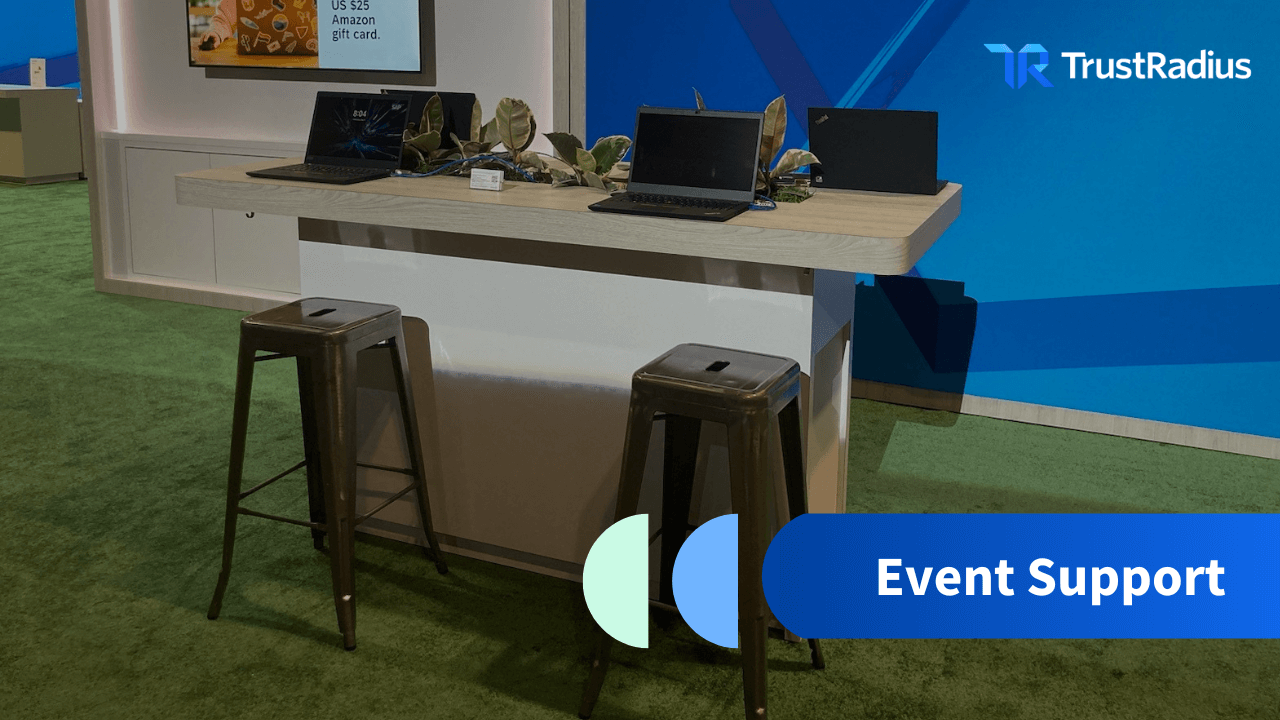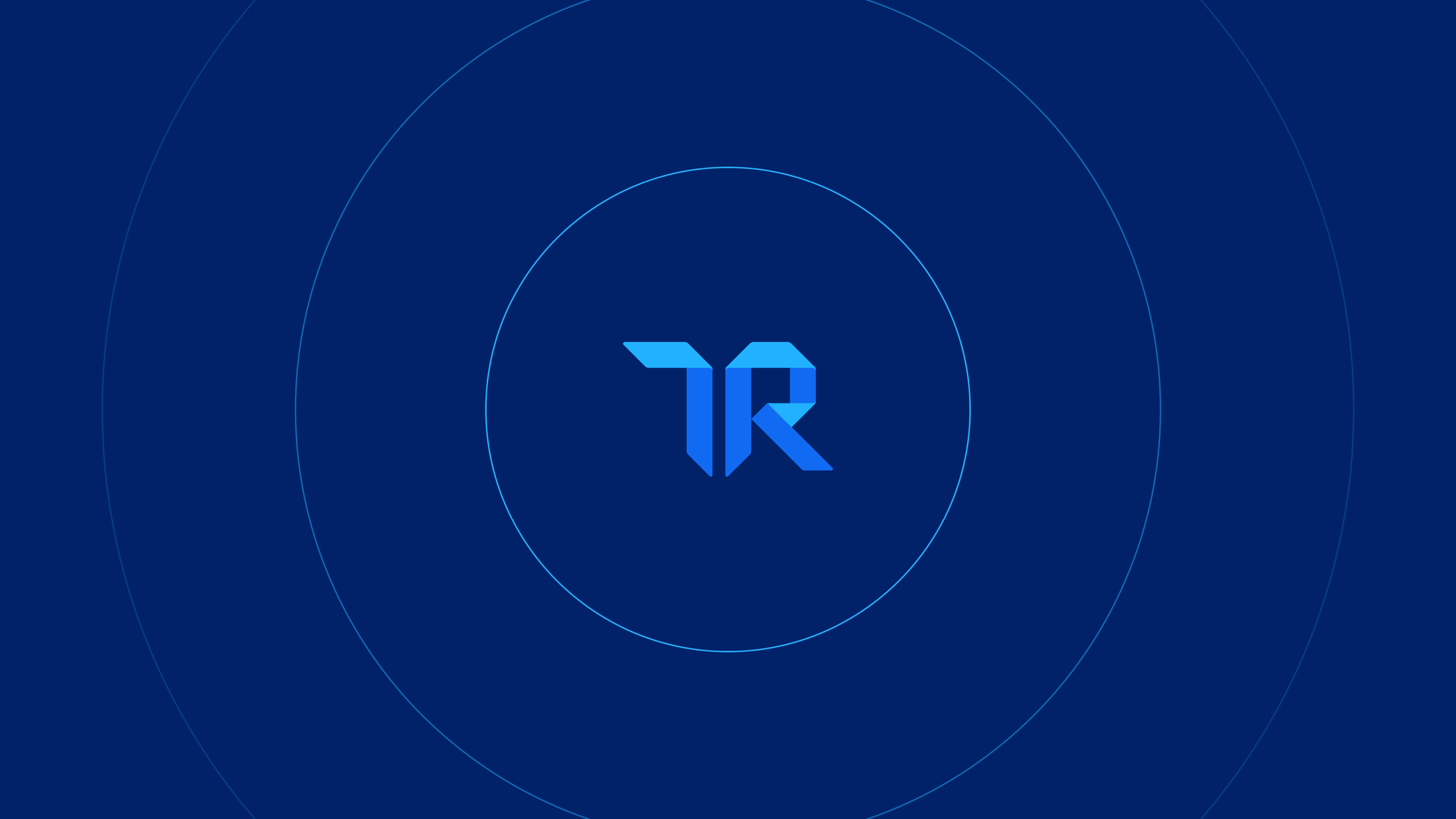Make Your Sales Cycle Hyper-Efficient: 8 Tips to Follow
Marketing and sales functions in every industry are constantly evolving. Businesses today look for opportunities to speed up sales cycles to delight customers and boost sales. Having a clearly defined sales cycle provides a detailed road map for prioritizing leads, engaging customers, and guiding the buyer’s journey.
However, the traditional marketing approaches, being extremely diverse, are no longer as effective as they once were. Sales and marketing teams are gravitating toward a more personalized approach like buyer enablement that focuses on high-value targets. This approach is widely known as account-based marketing (ABM).
By targeting specific accounts, ABM eliminates the need for chasing unqualified leads and fosters strong relationships with the best-fits. It weeds out less-valuable companies early on, allowing teams to focus on delighting top customers. No wonder, 67% of brands are already leveraging ABM to boost business growth.
ABM adopts a personalized approach for reaching out to and engaging target accounts. It promotes the use of technology and automation to quicken the sales process.
For example, businesses targeting audiences from various industries can provide tailored experiences via audience segmentation and content-targeting techniques. Marketing teams can create industry-specific messages, images, articles, and more to share with customers.
In this article, we’ll explain how to boost the efficiency of the sales cycle by deriving inspiration from ABM methodologies.
8 tips to streamline your sales cycle
#1. Align your marketing and sales teams
Easier said than done, right? The reality is, both sales and marketing teams work toward the same goals—reaching out to buyers and converting them into loyal customers. Marketing teams aim to generate awareness about the brand while sales teams convert that awareness into successful purchases. Hence, it’s crucial to keep the teams in sync.
With the right approach, businesses can facilitate proactive coordination between marketing and sales teams to engage customers, thereby ensuring more successful conversions.
Here are a few tips you can follow for sales and marketing alignment:
- Share clear goals with the team while helping them understand how they can be achieved. This will align the teams in a common direction, thus ensuring better collaboration.
- Brainstorm ideas based on customer requirements and determine how your product addresses them. Have open discussions on business plans and strategies to eliminate confusion and enhance cross-team collaboration.
- Revise workflow processes and define responsibilities and expectations to ensure both teams work in sync. Leverage project management tools to assign tasks and follow up on them.
- Schedule regular meetings to keep track of goals and communicate freely about process improvements, obstacles, and more.
- Create a centralized messaging channel to ensure proper communication within teams.
- Invest in intuitive tools to streamline and automate mundane processes. (To be discussed at length in a later section). For example, using an email marketing platform to send promotional emails or CPQ software to generate error-free sales quotes and proposals.
#2. Identify and qualify target accounts
Understanding which customers or prospects to target is a next step to making an efficient sales cycle. However, instead of targeting individual customers like traditional sales strategies, it’s ideal to adopt account-based strategies and target all relevant personas at an account.
Build an ideal customer profile of a company that is a perfect fit for your product. Essentially, who will find value and benefit the most from using your product? The ideal customer profiles will help you create brand messages and marketing content resources that address their needs. This will help your sales and marketing teams to focus on these carefully selected accounts and convert them into customers.
Some of the relevant characteristics of target accounts could be:
- Industry
- Company size
- Location
- Team strength
- Revenue
- Spending patterns
- Technographics
- Chances of being a returning customer
Once you have defined your ideal organization profile, make a list of all the high-value accounts by reviewing your customer database. Check how these shortlisted accounts match the characteristics of your ideal organization profile.
You can also leverage customer profiling tools like HubSpot‘s Make My Persona to analyze customer data and identify ideal profiles.
Prioritize these accounts in your sales plan, as they have the potential to bring in the most revenue. You can also leverage an account-scoring technique to quickly shortlist target accounts.
The next step is to determine the key stakeholders or job functions of the accounts that contribute significantly to making a final purchase decision. Identify the channels, such as social media pages, blogs, or third-party review sites, where stakeholders are most active and ensure that your value proposition is positioned in those spaces.
You can also leverage offline mediums like networking events, seminars, and more for increased visibility.
#3. Build a connection
Now that you’ve identified your ideal customer accounts and their key stakeholders, it’s time to connect with them. Leverage a variety of channels in an integrated and consistent way to receive the most positive outcomes. Prioritize the channels where your customers are usually active, such as email, social media, community forums, popular blogs, software comparison sites, and others.
Develop a nurturing and consultative relationship with the account and stakeholders to encourage them to engage with you.
Connect with key decision-makers over their desired channels to understand their pain points or challenges and explain how your product can help them. You can also ask them about their preferred channels for communication, thereby reducing the amount of time being wasted on irrelevant emails or messages.
For instance, a mathematical computing software company will have its clients (hardware and software firms) primarily active on channels such as LinkedIn, email, technical forums, online communities, and more. Hence, for such a firm, it makes sense to connect with them on these channels.
Before launching paid ad campaigns via Facebook, Google, or retargeting, it’s important to understand where the customer is in their buying journey so you can tailor your outreach accordingly. The idea is to connect and interact with the audience with the right messaging at the right time.
For that, you should leverage various types of intent data and act on them accordingly.
First-party intent data
This is the information collected or observed on your own website. It includes insights about customer interactions, subscription activity, website visits, email tracking, and more.
Second-party intent data
This is the information collected about your products or services on another entity’s website, i.e the monetization of their first-party data. A great example of this is customer data collected on review websites like TrustRadius.
Third-party intent data
This information is usually collected from a conglomerate of third-party sources and offers a broader view of your buyer’s intent.
These intent data types play a crucial role across various stages of the marketing funnel. Third-party intent data helps in reaching out to those customers who are at the top of the funnel. You can then use this data to reach out to customers and progress them to the middle-of-the-funnel marketing stage, thereby gaining insights into customer interactions, i.e. first-party intent data.
However, it is the second-party intent data that focuses on downstream in-market buyers. For example, consider a business offering accounting software for managing invoice-generation processes. They want to target companies that are researching for a product to generate error-free quotes and proposals. In such cases, second-party intent data helps in identifying high-value accounts and connecting with them.
This helps in effective account targeting without wasting time on cold leads.
In addition to building new connections, it’s important to focus on strengthening your relationships with existing customers. Analyze their research habits through downstream intent signals from review sites like TrustRadius and identify opportunities for cross-sell, upsell, and even changes or features found desirable of companies your customers are comparing you to.
Fostering strong relationships with customers will build a sense of trust among them and they might refer your product to their connections. This will help you secure more sales and increase revenue.
#4. Create a personalized experience for each prospect/customer
Personalization is central to boosting customer engagement and adding to customer delight. By offering tailored customer experiences, you make sure you keep their priorities in mind when selecting sales and marketing tactics. In fact, 60% of new customers are likely to become repeat customers if offered personalized experiences.
Here are a few ways to create customized experiences:
- Create relevant content at each stage of the buying process: unaware, problem aware, solution aware, product aware, and aware.
- Engage your customers with customized emails and newsletter campaigns that address their needs and drive adoption.
- Create an FAQ page with answers to customer questions related to product features and pricing, and customer stories. Include a variety of media, including interactive demos, tutorials, and visuals of product updates.
- Leverage customer data, such as firmographic, technographic, and behavioral, to offer tailored experiences, for example, use personalization software that employs AI and machine learning to gain insights into customer behavior and produce relevant content to customers at the right time and at scale.
- Videos are effective ways to capture the attention of busy customers; create personalized product videos, explainer videos, customer testimonial videos, and more to drive higher engagement and consumption.
- Build an open community for customers to collaborate, share ideas and feedback, ask questions, provide guidance, and more. Slack, Discord, LinkedIn, and Twitter spaces are ideal platforms to get started.
#5. Leverage your CRM to manage the sales pipeline
This might seem like a duh, but it’s important to do it right. Boost the performance of the sales team by choosing intuitive customer relationship management software (CRM) that caters to your business size and where you want to scale. Developing and following the sales process for pipeline management is critical to closing deals faster with the right customer information and tracking.
A CRM solution contributes to sales success in the following ways:
- View, access, and track customer information on a centralized platform. The sales and marketing teams don’t have to juggle multiple applications to access customer data, activities, and other insights.
- Keep the customer database up-to-date by logging in with all the necessary customer information and details. Delete the contacts who are unresponsive, unsubscribed, or more, and segment your list based on your outbounding strategy.
- Track conversion rates of customers or leads across various stages of your sales cycle and craft personalized marketing strategies for further engagement and acceleration.
- Monitor the performance of sales and marketing campaigns to identify growth opportunities and forecast sales performance.
#6. Invest in automation tools
Automation helps in streamlining repetitive tasks and crafting a more effective strategy. Depending on various functions, such as data collection, outreach, task management, and more, you can leverage various automation tools to boost the speed of your sales and marketing efforts.
Add automation to your processes in the following ways:
- Artificial intelligence (AI)-powered customer/lead qualification – Rely on AI to help you distinguish between hot and cold leads based on the interest they show in your offerings. By leveraging AI-generated insights about customer behavior and sales predictions, you can prioritize people with higher intent to purchase and drive faster conversions.
- Sales workflow automation – Automate various sales functions such as updating customer status, sending follow-up emails, sending invoices, and subscription renewals.
- Email automation – Engage customers with personalized email marketing. Set up a series of messages based on the target account’s characteristics and send them at specific time intervals. Encourage meaningful conversations for a positive brand experience.
- Marketing automation – Use behavioral triggers to share relevant information with customers. For example, if a customer reads a certain category of blog posts, create a targeted campaign featuring a round-up of the best posts in that category and send it to the customer.
#7. Use up-front, transparent pricing information as an advantage
Transparent pricing builds trust with buyers and eliminates unexpected objections or rejections. According to TrustRadius’ annual research report, the 2022 B2B Buying Disconnect, the vast majority of buyers (81%) want to find pricing information up front. Waiting to reveal pricing information, additional costs, or fees at the eleventh hour can be frustrating. In fact, 16% of buyers will cross a vendor off their short list for simply not including up-front and transparent pricing. Hence, it’s wise to be clear about your pricing right from the beginning.
Make it clear what customers will get from your offerings and pricing structure. Third-party review sites offer an additional opportunity to showcase product features and pricing in the channels where buyers conduct bottom-of-the-funnel research. Using these intent signals, you may then provide a discount or create a time-sensitive offer to influence the purchase.
#8. Measure and analyze the results
Monitor and measure the results of your sales effort regularly throughout the quarter. This will help you identify the effectiveness of your strategies and gauge the performance of the sales and marketing teams. Identify early indicators for success and monitor for those results. This will also provide thorough insights into the gaps or bottlenecks in your strategies or processes that require immediate attention.
In addition to tracking the number of total opportunities, closed deals, and revenue generated for every deal, be sure to monitor yield on target account lists and conversion rates throughout the sales cycle, however you define them. If you are following the ABM approach for sales, remember to focus on the account and the entire buying committee within that account. According to TrustRadius’ 2022 B2B Buying Disconnect report, a third of buyers say that collaboration among decision-makers has increased since the pandemic. This means, if you are working on enterprise deals, there are most likely multiple buying committees within the organization, depending on business unit structure.
The top ABM metrics you should monitor for are:
- Deal creation—This metric tracks the total number of deals the sales team has created over a certain time period.
- Account engagement—This metric helps the sales team understand how customers are reacting to sales and marketing strategies.
For instance, if you are using paid ads, the advertising engagement rate will give you insight into how target accounts are engaging with the ads.
- Net revenue—This metric measures the revenue generated from existing customers over a certain period of time.
For instance, if you have a SaaS product, the net revenue metrics are calculated by taking into consideration the upgrades, downgrades, and customer churn.
- Deal closing time—This metric tracks the amount of time taken to close a deal, irrespective of whether or not it was a successful conversion.
Transform your sales cycle today
Boosting the efficiency of the sales cycle has a significant impact on sales performance, revenue generation, and team productivity. With the right strategies and an account-based marketing approach, you can more efficiently identify valuable accounts and create a custom sales and marketing plan to convert prospects into loyal customers.
Speak to one of our intent data experts to learn how you can use your buyer’s intent signals to funnel up qualified, in-market leads to sales.














